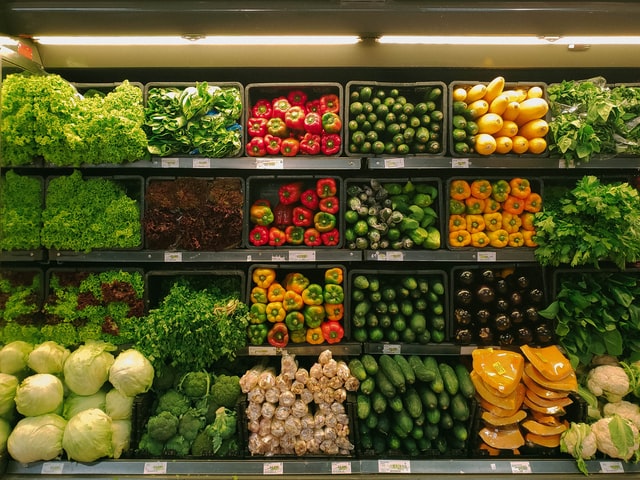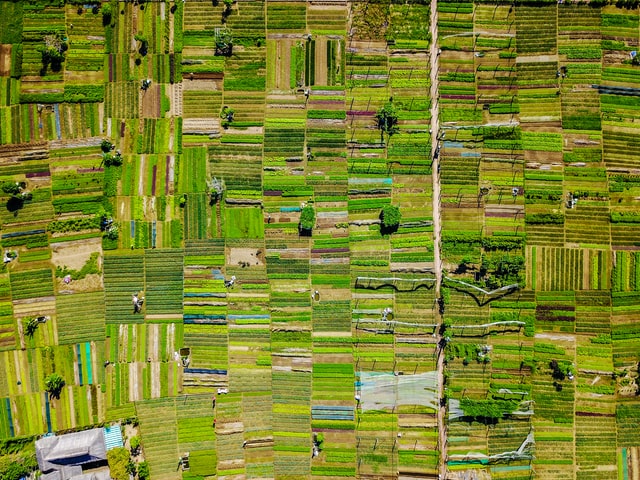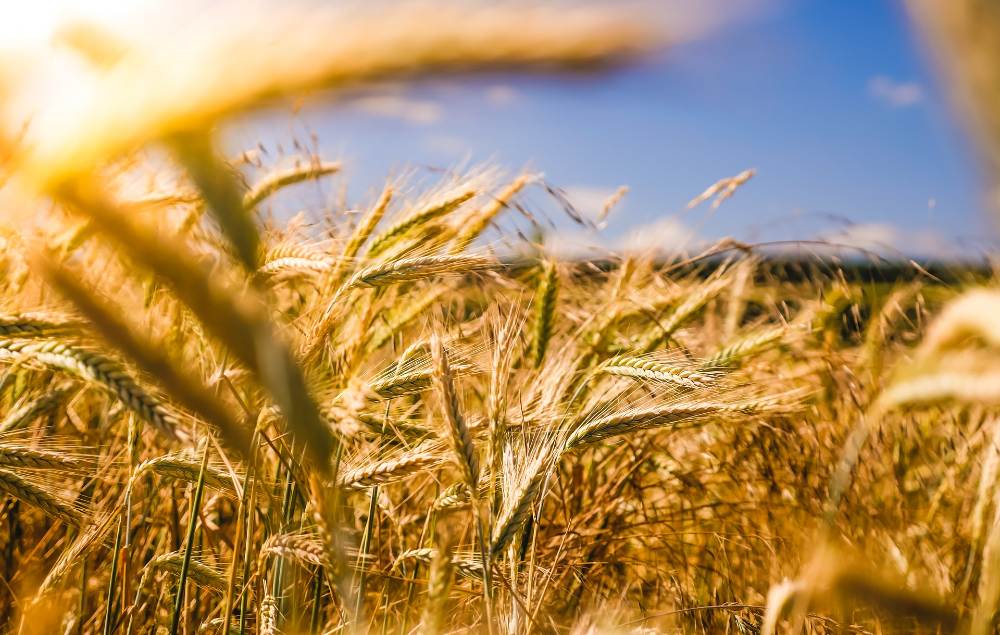Modern supermarkets are now characterized by abundance when it comes to food. On the one hand, this variety has to do with the development and improvement of the supply chain that brings food from all over the world to our plate.
On the other, the advancement of agrifood technology has increased agricultural production and has created a series of innovative foods that we previously did not think to be possible. Burgers made from peas that taste almost indistinguishable from real meat. Even full meals in bottles.
The upward trend of the agrifood sector in recent years is estimated to increase further in the future, since it offers solutions to global problems.
In this article we will define what agrifood is, see examples of agrifood technologies, and explore the importance of agrifood technology in the modern world.
What is agrifood?
Agrifood refers to all the processes in the agricultural food chain. That is, all the actions required to produce agricultural products, their processing, but also their availability on store shelves. Schematically, we are talking about the processes involved in getting agricultural production from the field to the shelf.

The agrifood sector is quite large and is divided into two parts. On the one hand, there is agrifood technology, the so-called “agritech”. On the other, food technology, or “foodtech”. Both are equally important since they complement each other and make up the agrifood sector. Let’s find more information about them.
Agritech: Agritech is the combination of the words ” agriculture ” + ” technology ” and means the application of technology in the agricultural sector. The application of technology and innovation in the agricultural sector results in the increase of agricultural production, since it makes farming methods better.
Foodtech : Or food technology, is the ecosystem made up of foodtech entrepreneurs and start-ups that innovate in food products. These innovations can concern the product itself, i.e. the creation of a new product, distribution methods, marketing, or even the business model they follow
Examples from the agrifood sector
Food is vital to our survival. Global population growth increases food demand and puts pressure on the agri-food sector to meet those needs. At the same time, the shift of many consumers towards “ethical consumption” has created new needs for which agrifood technology offers solutions.
Let’s have a look at some examples of agricultural innovation and food technology:
Agritech examples

Drones: The use of agricultural drones is an example of smart agriculture that enables precision farming to increase production. With a drone’s help and the ability of digital imaging from above, a farmer can monitor the condition of his crops for better management of the field.
IoT sensors : Sensors that work with the help of the internet of things (IoT) is a technology with practical application in agrifood. These sensors monitor and provide accurate information on weather, soil quality and conditions.
Foodtech examples
Synthetic meat: There are already commercially available foods that are substitutes for meat. While real meat comes from a slaughterhouse, synthetic or artificial meat is created in laboratories from vegetable proteins. It is an ideal meat substitute since its tase is as close as possible to the real thing. The good news is that the taste is constantly improving, it is sustainable, ethical, and suitable for everyone’s diet.
Alternative foods and utilization of by-products: The appearance of new foods that we were not used to, at least not in the western world as opposed to the East, such as insects, is a fact. Foods such as worms and various kinds of insects are characterized as foods of the future since they are sustainable and good sources of protein

In addition, finding new methods of utilizing by-products that until now we used to throw away, such as fish skin or vegetable stalks, minimize food waste and open new horizons for our nutrition.
Problems for which agrifood technology offers solutions
World population growth
The world population of the Earth will reach 9.7 billion by 2050 according to estimates. As a result the needs for food, arable land, and various resources will skyrocket. Specifically, in such a population increase in 2050 the demand for food is estimated to increase by 56%.
An additional problem linked to the above will be the high rate of urbanization since by 2050 approximately 68% of the population will live in cities. Thus, the agri-food sector will be called upon to transport large quantities of products to the big cities, but also to cover the increased needs for processing.
Declining natural resources
To meet the needs of a larger population we’ll need more natural resources which is not certain that they will be available. Following an unsustainable model of producing and consuming goods, our natural resources are already under pressure.
To meet the increased demand for food we will have to use even more natural resources such as water and seek more land for cultivation or livestock. The result of this will be to intensify deforestation and reduce soil quality from overexploitation.
Improving technology in the agri-food industry will allow us to increase production by making crops more efficient, but also to look for alternative and sustainable ways to feed the population.
Climate change
Climate change is a fact and is being observed all over the world. There are areas experiencing longer periods of droughts when they were experiencing none or of shorter duration. Extreme weather events like heavy rains and floods destroy crops and arable land, effectively destroying the year’s harvest.
Governments must find ways to ensure that these kinds of environmental changes do not affect global production. Otherwise, food crises like the caused by the war in Ukraine will be more common.
Summary
The agri -food industry is one of the most important ones. Its significance will only increase going further. If population growth predictions come true, since our natural resources are limited, significant improvements and innovations in agrifood technology will need to be made.
This is the only way that will we be able to increase the yields of our lands without the need for additional resources. Finally, food technology will continue changing our consumptions habits drastically with more environmentally friendly food, that do not lack taste or nutrition.
The agrifood sector recognized for the Thessaly region being of prime importance within the framework of the Strategic Research and Innovation for Smart Specialization (RIS3) of the European regions.
Smart Specialization is a strategic approach to the economic development of regions with the targeted support of Research and Innovation. That means that agrifood is a competitive advantage of Thessaly, and smart policies in this area can maximize the development of the region.
AgriTech is one of the four thematic clusters of the JOIST Innovation Park. It serves as a hub for academic institutions, small and medium enterprises, entrepreneurial-minded individuals, innovation enthusiasts, startups and those interested in developing, testing, and learning new things.
If you are also interested in AgriTech, the JOIST community can help you develop your agri -food ideas. See how you can become a member of the JOIST Community.

